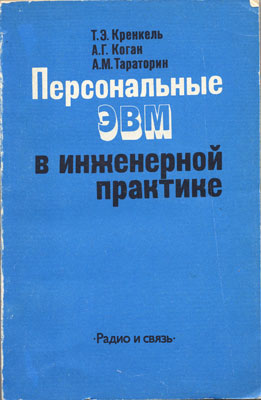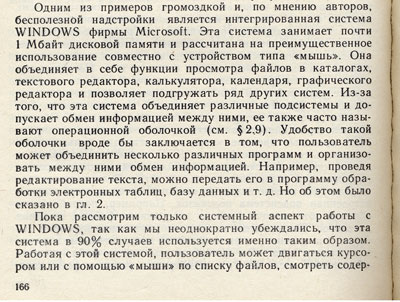“Celebrating Gertsen, we clearly see three generations,
three classes acting in the Russian Revolution. First –
noblemen and landowners, Decembrists and Herzen.
Horribly distant from the people. But their work was not in wain.
Decembrists woke Herzen. Herzen began revolutionary agitation.”
V.I. Lenin
Computers have existed like for 200,000 years in Internet time, yet the innovation in computer technology seems to be a little slow. Brick and mortar slow. Let me present to you an approximate timeline:
In 1945 Dr. Vannevar Bush wrote an article As We May Think about a device called the Memex.
In 1960 Theodor Holm Nelson, inspired by Bush, coined the term “hypertext” and started on Project Xanadu, a vaporware Superinternet.
In 1968 Dr. Douglas Engelbart delivered the MOAD, demonstrating videoconferencing, email, hypertext, copy and paste, as well as some novel input devices including a mouse.
Bush, Nelson and Engelbart show a progression from a dream into reality. Bush was a pure dreamer – he never intended to actually try and build the Memex. Nelson at least tried to build Xanadu, although he failed miserably. He could not even get to the demo stage. Engelbart actually built enough stuff to make very impressive demos, although never to build actual successful products except the mouse. These guys suffered from the RAND Corporation syndrome–the common joke went that RAND stood for Reasearch And No Development.
The problem with these three was that they could not focus on individual problems. Luckily for us, next came Xerox PARC. Xerox corporation had money coming out of its wazoo, decided to invest in a world class R&D center. They used the same approach that Google is using today: spend the extra money on hiring the brightest technologists around and let them run free and wild.
Bush, Nelson and Engelbart were a lot like a character named Manilov in Gogol’s Dead Souls. Manilov was an owner of a large rundown estate. He spent his days dreaming about improving it. Wouldn’t it be nice to build a bridge over the river and on it build little merchant booths so that the peasants could buy stuff there. Of course, none of his projects ever went anywhere, and if they did, they were quickly abandoned.
PARC engineers were men of action. Each concentrated on a particular aspect, and they’ve built working models of many things that we enjoy today: personal computer with GUI interfaces, Ethernet, WYSIWYG text editor, laser printer, and even a computer animation system amongst other things. Sadly, Xerox was able to capitalize mostly on the laser printer, which actually probably paid for all of PARC’s expenses. PARC indirectly influenced Apple and Microsoft in the development of GUI OS. Also Charles Simonyi left PARC to develop Word and Excel for Microsoft, thus creating an enormous amount of wealth. Bob Metcalfe and David Boggs also left PARC, took Ethernet and turned it into 3COM. John Warnock and Charles Geschke left PARC, took PostScript and created a little company called Adobe Systems. Well, you get the picture.
To give you another analogy, the technological revolution of the 60s, 70s and 80s was like a hydrogen bomb. A hydrogen bomb is made of three bombs: a conventional explosive that ignites a fission explosive that in turn ignites a fusion explosion. Semiconductor industry created by William Shockley and the Traitorous Eight was the fuel, Bush and Company–the conventional explosion, PARC–fission, what came after–fusion. KABOOM!



